Beijing is rich in red resources, which are not only witnesses to the arduous and glorious struggle of the Communist Party of China, but also the most precious spiritual wealth of the Chinese people.
Former Site of Tsinghua Garden Station
In 1910, the first station on the Beijing-Zhangjiakou Railway, the Former Site of Tsinghua Garden Station, was completed and the station name was inscribed by the patriotic engineer Zhan Tianyou.
The Former Site of Tsinghua Garden Station is a revolutionary site that comprehensively showcases the spirit of the Chinese people’s struggle. It witnessed the early days of the Communist Party of China and the strike movement of the workers of the Beijing-Suiyuan Railway. In 1935, it served as the originating station for the transportation of precious ancient books, textbooks, and teaching instruments after the North China Incident. It also acted as a transit station for transporting war materials to the Suiyuan Anti-Japanese Front after the September 18 Incident, and it was the site where the Eighth Route Army’s Shansi-Chahar-Hopei Fifth Division engaged in fierce battles with the Japanese army after the July 7 Incident. Furthermore, it holds great significance in the history of the Communist Party of China as it was the first foothold of the CPC Central Committee when they entered Beiping (now Beijing) in 1949.
Address: Inside the staff dormitory of Tsinghua Garden (near the south gate of Tsinghua University), Southwest Alley, Chengfu Road Intersection, Haidian District, Beijing
The Summer Palace
In April, when you visit the Summer Palace, you will be surrounded by beautiful scenery. Kunming Lake presents a fresh light blue color under the reflection of sunlight, while Longevity Hill gradually awakens with the spring breeze, showing a new greenery. Various spring flowers such as Welcoming Blossoms, Forsythias, Peach Blossoms, Magnolias, and Lilacs bloom, creating a vibrant scene. The combination of spring water, spring mountains, and spring flowers against the backdrop of ancient buildings and landmarks paints a picture of prosperity.
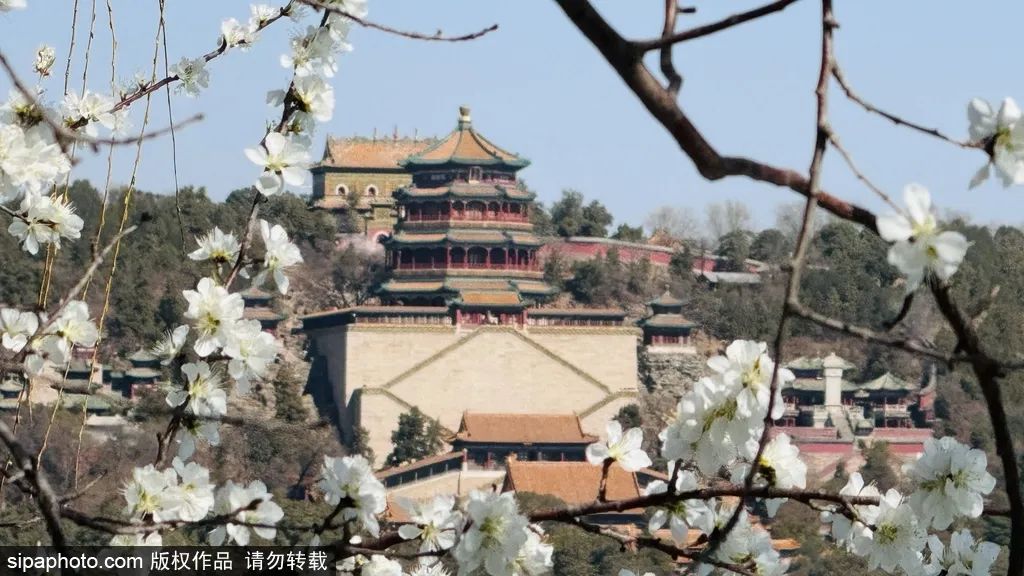
Many people who visit the Summer Palace may not have visited the Hall of Increasing Longevity (Yishou Tang). Located on the eastern slope of Longevity Hill, away from iconic buildings such as Kunming Lake and the Tower of the Fragrance of the Buddha, Yishou Tang is a traditional northern courtyard-style building hidden among the cypress and cedar trees.
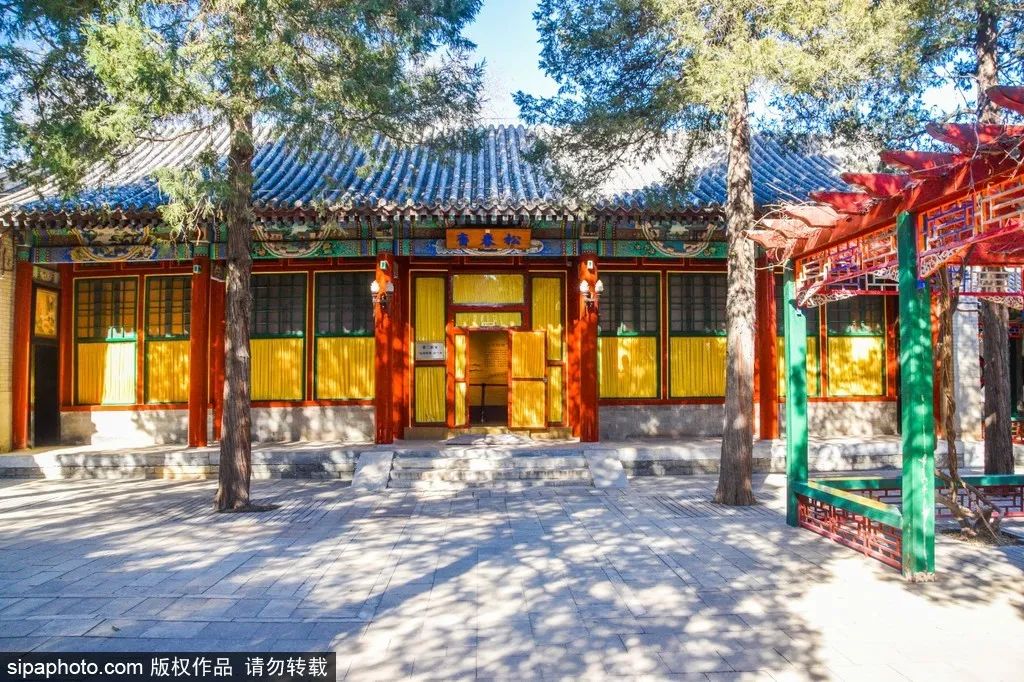
Yishou Hall was built during the Guangxu period of the Qing Dynasty and was originally a place for Empress Dowager Cixi to change clothes and rest when she visited the Pavilion of Great Happiness. In 1949, it became an important stop on the journey of the Communist Party of China to “go for a big exam in the capital city”.

This year marks the 75th anniversary of the Communist Party of China's "go for a big exam in the capital city" by the Central Committee. At the Yishou Hall in the Summer Palace, you can visit the permanent exhibition, reflecting on the revolutionary years of that remarkable period.
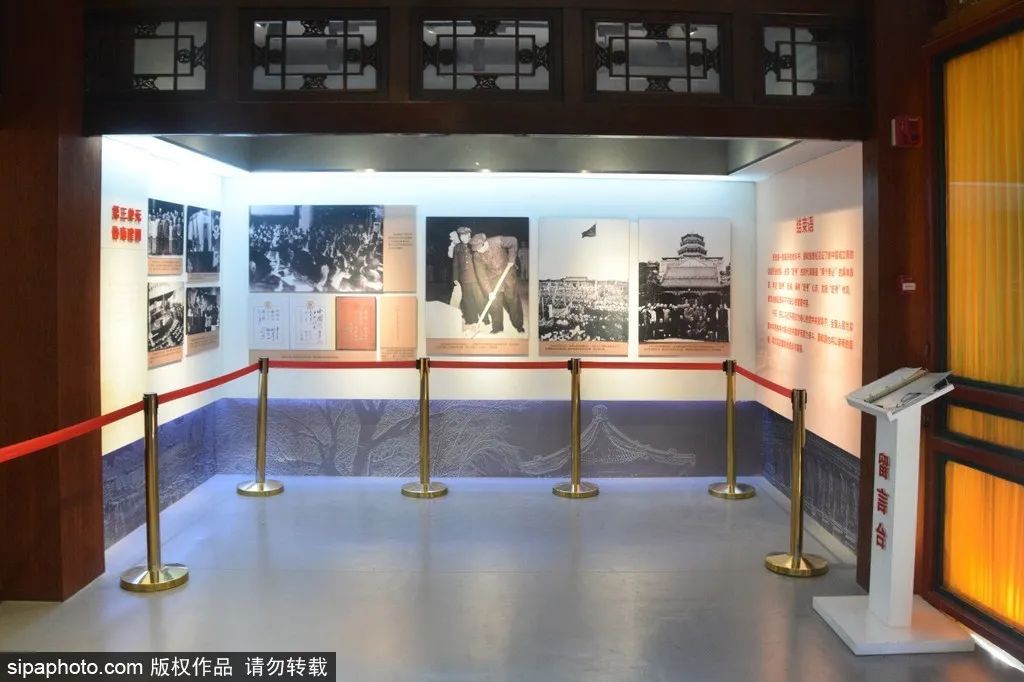
Address: No. 19 Xinjiangongmen Road, inside the Summer Palace, Haidian District, Beijing
Xiangshan Revolution Memorial Site
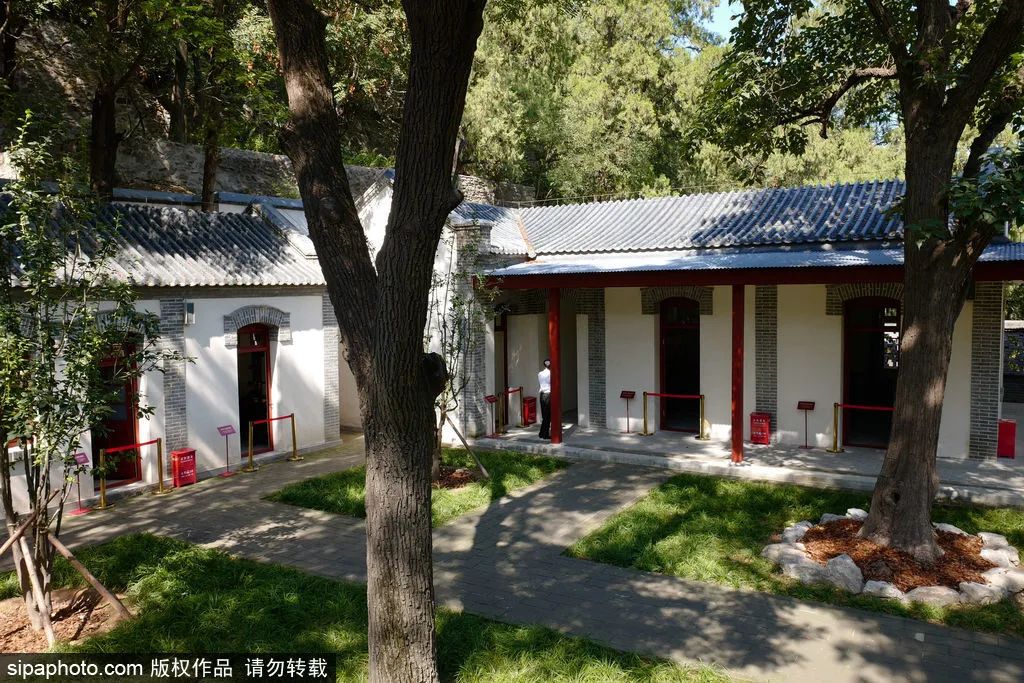
Following the footsteps of the Communist Party of China’s Central Committee’s journey to “go for a big exam in the capital city”, starting from the North Gate of the Summer Palace and along Xiangshan Road, you can reach the foot of Xiangshan.
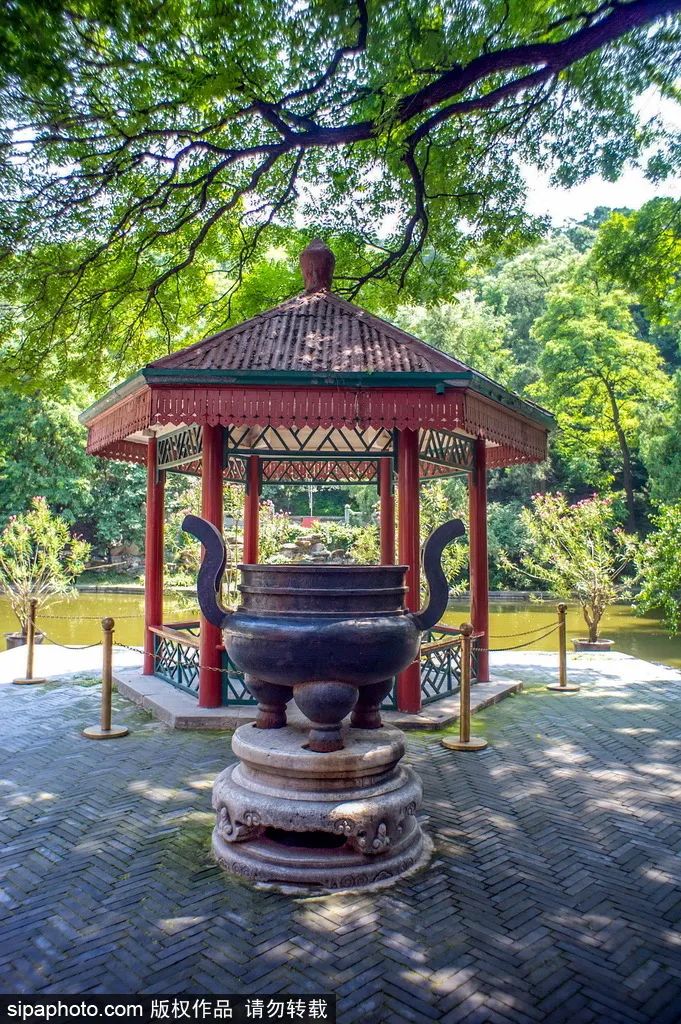
Walking up the southern slope of Xiangshan, with a gentle breeze and swaying trees, you will come to “Shuangqing Villa”. With mountains, water, lush trees, and an elegant environment, the hexagonal red pavilion in the center of the courtyard is the iconic building of Shuangqing Villa.
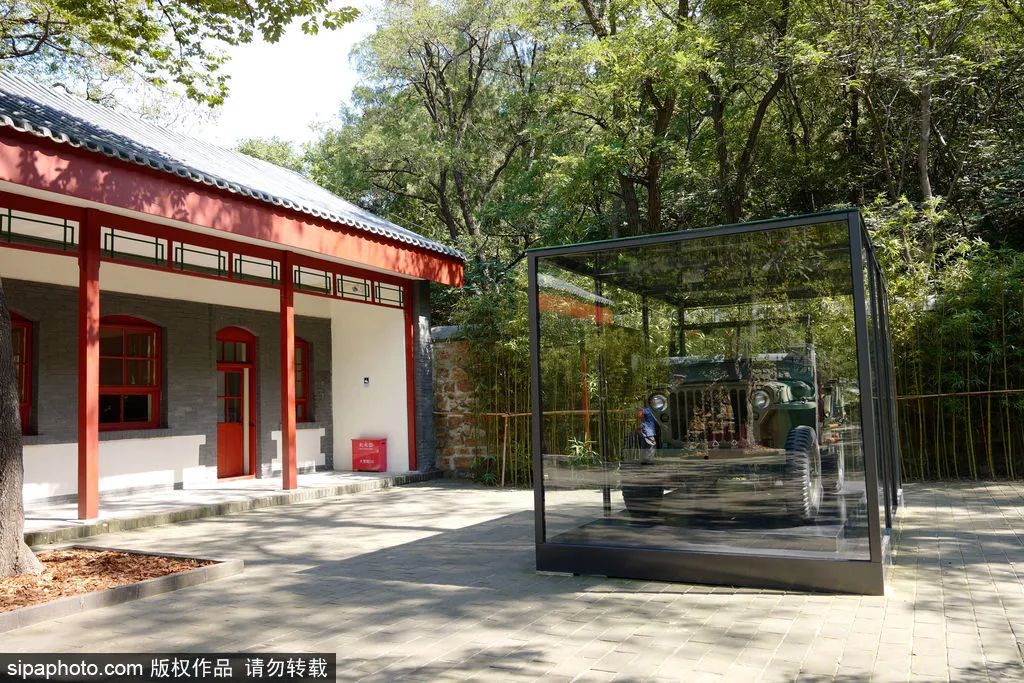
Opposite the red pavilion is a row of houses, which is where Comrade Mao Zedong lived and worked, including his office, reception room, and bedroom. The writing desk, swivel chair, sofa, rattan bookshelf, phonograph, radio, and map on the wall in the office are all arranged just as they were.
Leaving Shuangqing Villa, you can visit various buildings such as Laiqing Xuan, the east side bungalows of Shuangqing Villa, Xiaobailou, Siqin She, Duoyun Pavilion, Lizhu Tower, Zhenfang Tower, and Zhennan House. The living and working scenes of the older generation of revolutionaries, as well as the Central Committee of the Communist Party of China and the staff of the headquarters of the People’s Liberation Army during the Xiangshan period, come to life.
The Xiangshan Museum of Founding of New China is located at the foot of Xiangshan. Here, you can visit the “Laying the Foundation for New China—The Central Committee of the Communist Party of China in Xiangshan” exhibition, which is currently the only large-scale exhibition in China that comprehensively showcases the glorious history of the Central Committee of the Communist Party of China during their time in Xiangshan.
Address:
Shuangqing Villa: No. 40 Maimai Street, inside Xiangshan Park, Haidian District, Beijing
Xiangshan Revolution Memorial Museum: Building 1, Courtyard 1 (240 meters from the entrance of Xiangshan Subway Station), Hongfeng Road, Haidian District, Beijing



